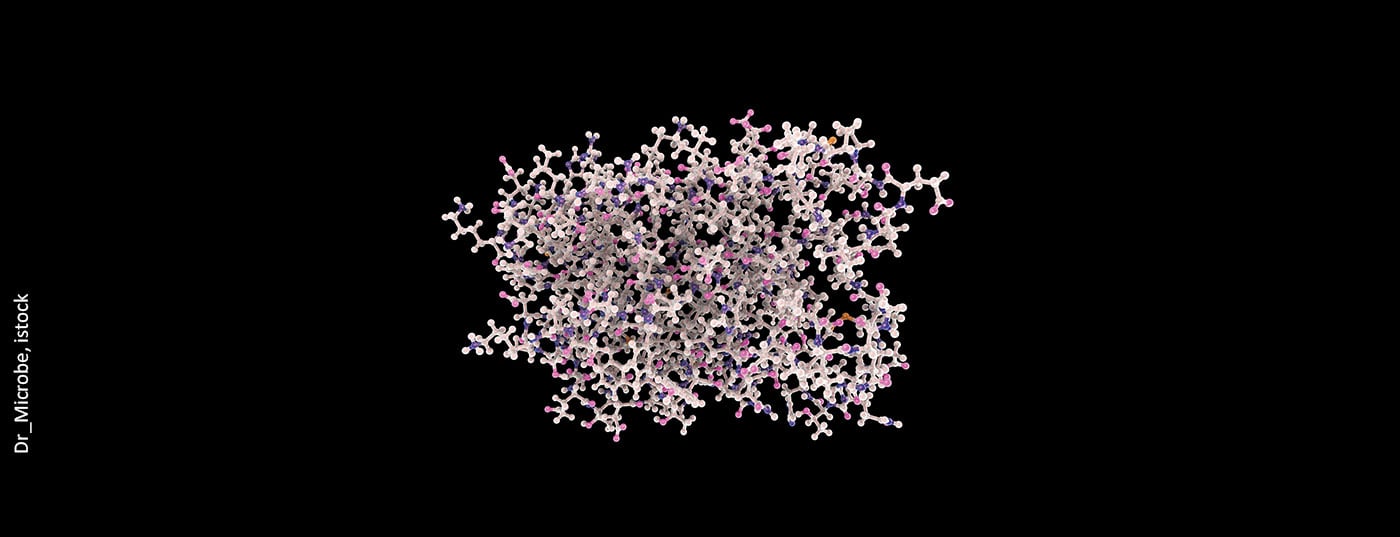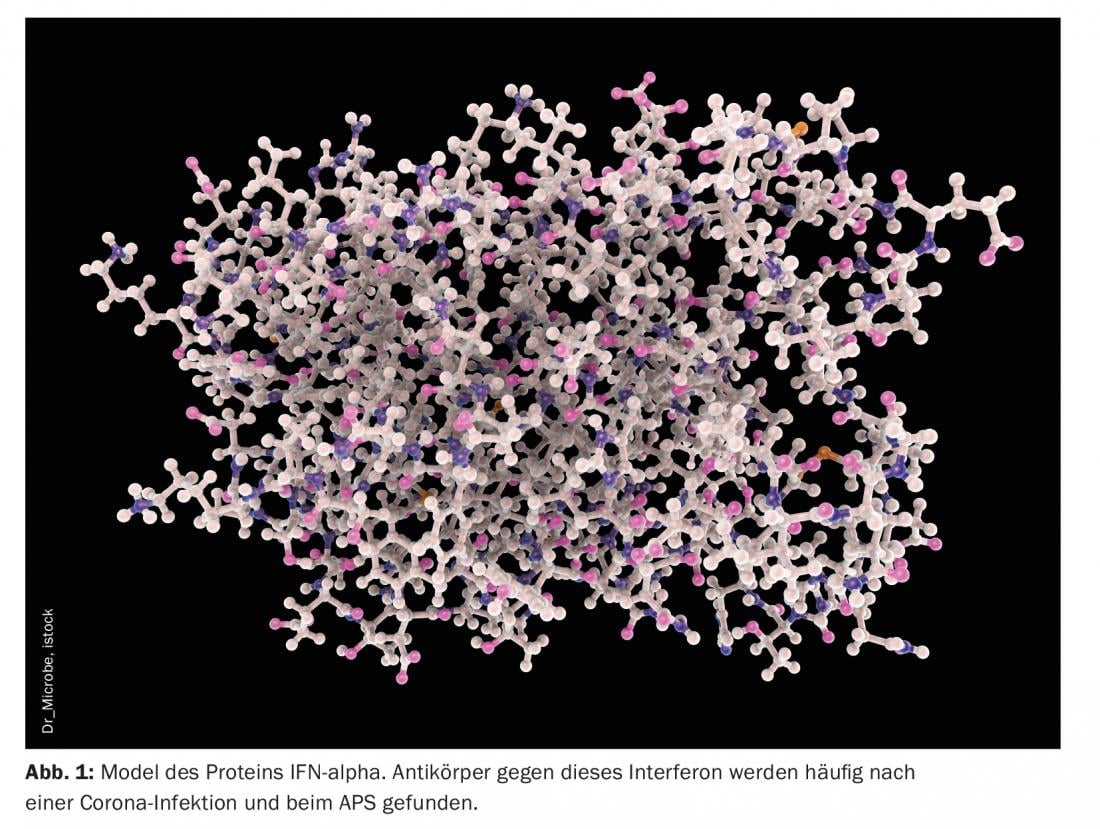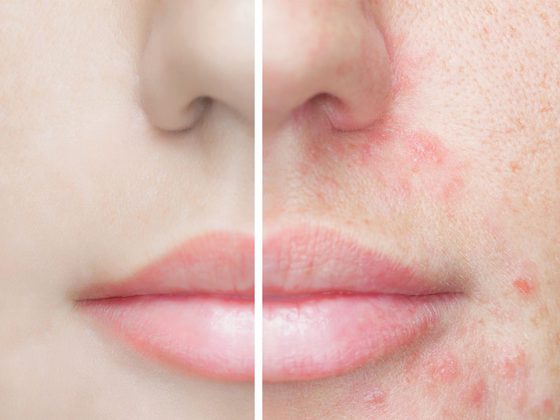Genetic predisposition plays a crucial role as a risk factor in type 1 diabetes and associated autoimmune disorders. In addition, antibody determination plays a key role in the diagnosis and classification of risk. New insights into the interaction of surface molecules of immune cells with small molecules as therapeutics allow innovative strategies for personalized immune regulation.
One finding as recent data brought to light is that the incidence of pediatric type 1 diabetes increases after the Corona pandemic. In fact, the incidence peaks three months after a COVID-19 peak, demonstrated Prof. Klaus Badenhoop, MD, Frankfurt am Main (D). It has been demonstrated that an antibody response occurs. In addition to an increase in anticardiolipin antibodies, an increase in TPO antibodies as well as CCP3 and antinuclear antibodies was also observed. It is concluded that during viral infection autoimmunity changes to polyautoimmunity. Accordingly, we can possibly expect an increase in autoimmune diseases, the expert said. Another exciting aspect is the fact that in a severe corona course, increased antibodies against interferon(IFN)-α and IFN-ω can be detected. Outside of COVID-19 infection, these TH17 cytokine antibodies are found primarily in the very rare autoimmune polyglandular syndrome (APS) type-1. The dangerous thing about this disease is that the antibodies neutralize the body’s own immune response.
The combination of type 1 diabetes with other autoimmune diseases such as APS is related, among other things, to the fact that diabetes can run in families. In a recent analysis, familial type 1 diabetes, as opposed to sporadic disease, was shown to manifest earlier (7.9 vs. 9.7 years), have fewer ketoacidoses (11.9% vs. 20.4%), lower HbA1c-value does not increase as much (9.7% vs. 11.1%) but is associated with more autoimmune diseases (16.7% vs. 13.6%). One reason lies in the HLA DR/DQ genes. HLA loci interact with complex transcriptional pathways of both acquired and innate immunity. Badenhoop demonstrated that type 1 diabetes and associated autoimmune diseases share a common background of genetic predisposition. Antibody diagnostics would accordingly lead to early therapy. Experimental interventions against the HLA binding pockets with small molecules are currently underway, the results of which are eagerly awaited.
Antibody diagnostics as a basis for therapy management
But what about antibody diagnostics in general? Overall, polyglandular autoimmunity is most commonly associated with thyroid disease, atrophic gastritis, celiac disease, and type 1 diabetes. In endocrine autoimmunity, a positive antibody finding is often a sign of a subclinical disorder, and only a proportion of patients develop the manifest comorbidity, explained Nanette Schloot, MD, Bad Homburg, Germany. In endocrine autoimmune diseases, diagnosis is based on antibodies, hormone status, and symptoms. For the diagnosis of type 1 diabetes, the role of antibodies is a little different. There they are a risk marker and important for differential diagnosis. The more antibodies are detectable, the higher the risk of the disease manifesting. However, antibodies have not yet been used to detect type 1 diabetes. In contrast, the diagnosis of type 1 diabetes in children and adolescents is based only on clinical symptoms and blood glucose measurement. Therefore, the proposal was made to classify based on antibodies, glycemia, and symptoms, thus extending the diagnosis to prediabetic stages. This is most similar to the diagnosis of autoimmune endocrinopathies, the expert said.
Source: Type 1 diabetes with autoimmune polyglandular syndrome (APS): genetics, environment, and clinic. 28.05.2022, 10:45-12:15, Room 3
Congress: 56th Annual Meeting of the German Diabetes Society (DDG)
CARDIOVASC 2022; 21(2): 28












